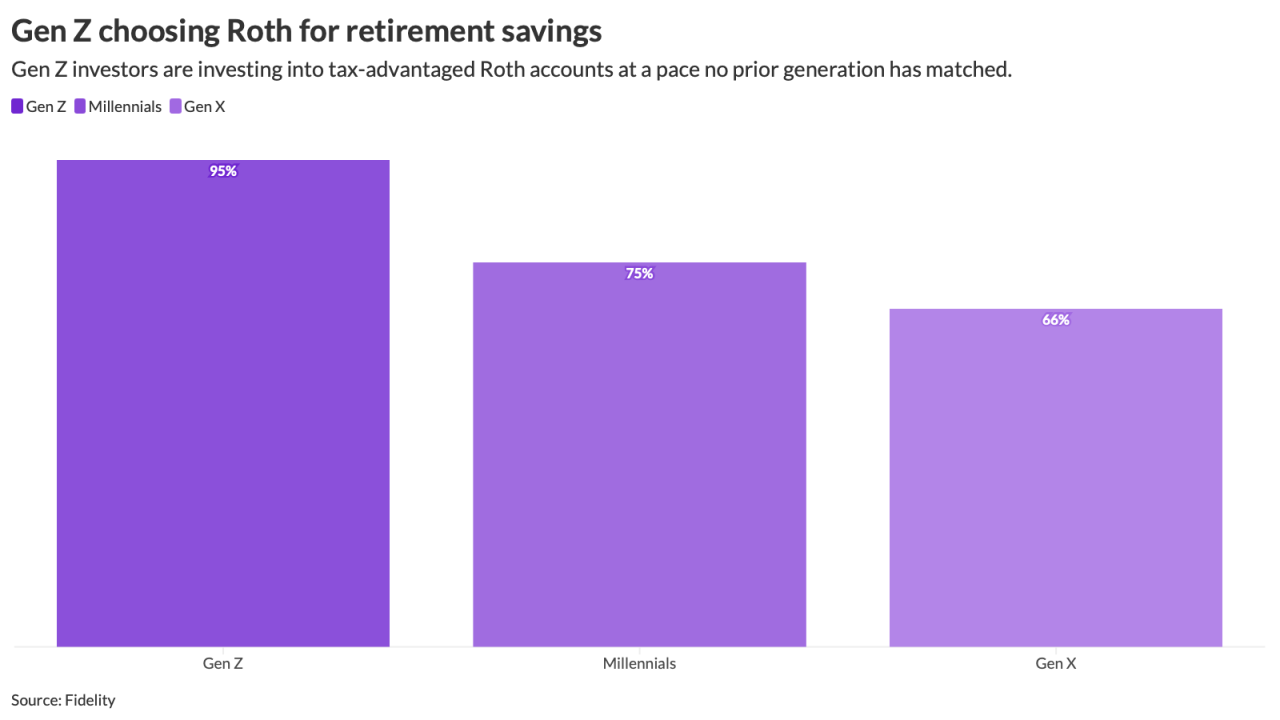- What's at Stake: Rising healthcare costs threaten employer affordability, coverage options, and competitiveness.
- Supporting Data: Healthcare spending projected to rise 6% annually 2023–2033.
- Forward Look: Plan for preventive investments; Deloitte models suggest up to $2.2 trillion annual savings by 2040.
- Source: Bullets generated by AI with editorial review
As healthcare costs continue to climb, leaders face mounting pressure to balance affordability with quality care, and strategic action can keep both within reach.
Currently, healthcare costs are projected to rise about 6% annually from 2023 to 2033, according to the Centers for Medicare and Medicaid Services. As a result, healthcare will consume a larger share of the U.S. economy, which will in-turn drive up expenses for employers and potentially limit coverage options for employees. However, new findings from professional services firm Deloitte reveal ways in which organizations can manage those new costs through a few key changes to their healthcare strategies.
"If we can move the industry from what is now, which is a reactive medical system, to a truly proactive and preventative healthcare system, not only can we help improve the lives of people and increase health spans, but we can also save a significant amount of money," says Dr. Kenneth Abrams, chief medical officer at Deloitte.
Read more: How Twin Health helps employees get diabetes under control for good
According to Deloitte's data, investments in disease prevention, early detection and other proactive measures could save the U.S. healthcare system up to $2.2 trillion a year by 2040. Organizations can see the same cost savings by supporting early detection and proactive care, which can help reduce long-term medical costs, minimize absenteeism and improve overall employee well-being and productivity.
The role of preventative and primary care
Prioritizing the care and management of chronic conditions such as diabetes, vascular disease, metabolic disorders and musculoskeletal issues is one of the most impactful improvements leaders can make to their existing healthcare strategies, according to Abrams. When identified early enough, many chronic conditions can be avoided — or even reversed — through preventive treatments and lifestyle changes. The first step is for leaders to assess what is and isn't covered under their current plans and seek out alternatives, like medical screenings, immunizations and routine check-ups. The result is a healthier, happier workforce and fewer costly insurance claims over time.
In addition, leaders should provide targeted educational resources and raise awareness about chronic condition management, while also promoting any updates they make to benefits and coverage. Managing a chronic condition can add layers of complexity to navigating the healthcare system, which often prevents employees from accessing or utilizing the care they need.
"People who are managing a chronic illness and looking to be healthy need different types of information at different points in time than their colleagues," Abrams says. "Providing the right kind of interventions can be extremely valuable [and effective.]"
Read more: 3 strategies to manage healthcare cost increases in your benefit plans
Proper primary care can play an active role in guaranteeing the success of those efforts. Regular blood pressure checks, blood work and vaccinations are just as important to improving and sustaining better health outcomes, according to Abrams, which is why he suggests that leaders consider switching to a plan that either requires or encourages having a primary care provider. The impact of these changes doesn't stop at improved health outcomes — it shows up directly in the workplace.
"We know that individuals who take care of themselves have greater presenteeism and reduced absenteeism when they're healthier," Abrams says. "We also know that they tend to be more productive in their work when they're physically and mentally well off."
With the current landscape showing no signs of slowing or stopping anytime soon, leaders need to be thinking of ways to remain competitive amidst the changes to the healthcare system in any way that they can, and making intentional changes to their health and wellness strategies can help them do that.
"There's a significant increase in healthcare costs that is taking place and getting ahead of that is vital," Abrams says. "Companies that actually invest in promoting the health of their people are ensuring they become [and remain] employers of choice."






